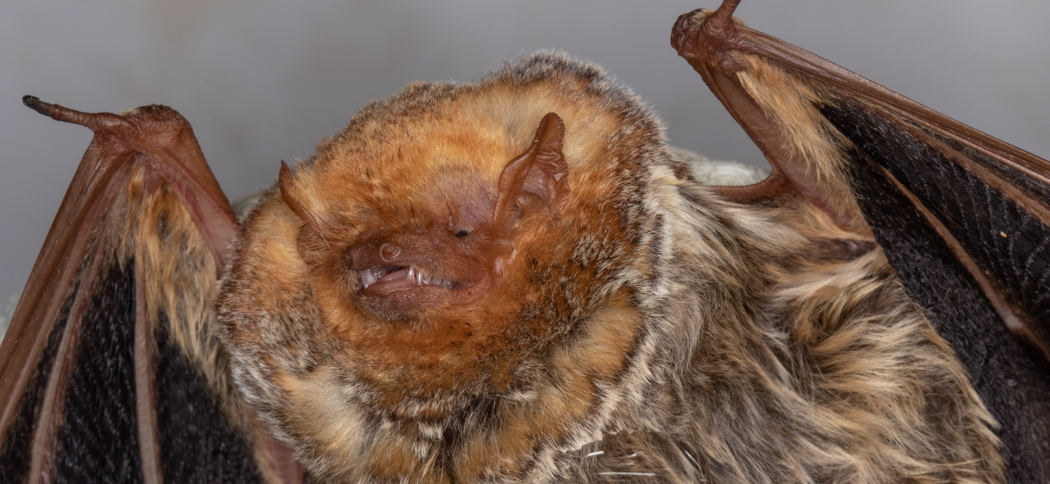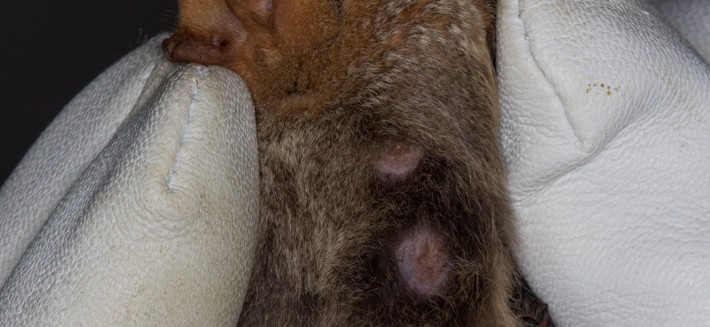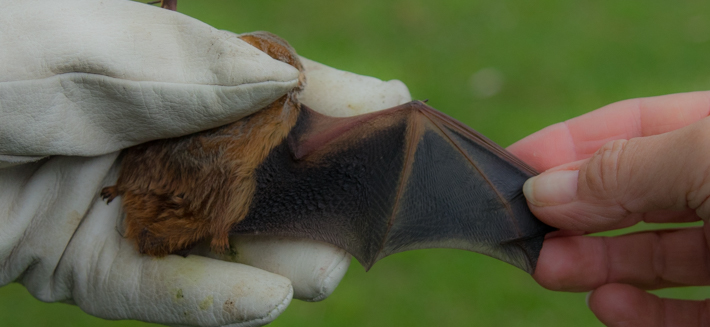
Strange Tails
We're delighted to have a strong population of strange-tailed tyrants at the reserve. So much so that we've adopted these beautiful and endangered birds as the symbol of the Trust
The growing diversity of the animals of Reserva Don Luis is a fresh source of delight every time we return. We don't play favourites, but it's impossible not to engage more with some of our more conspicuous guests. One of these is the strange-tailed tyrant. The male is stoic in his tolerance of one of nature's strangest - and it would seem least practical - adaptations. He's willing to suffer to be beautiful, and somehow manages to fly with tail feathers that were surely designed for a bird three times his size.
We love his perseverance; his resolution to succeed against challenge, and his ability to prove that anything is possible. He's appearing in growing numbers on the Reserva Do Luis, and his success has become an allegory for, and a symbol of, our own.
When we started the process of updating and redesigning our website, we wanted to adopt an image that symbolised our aims and our challenges. This brave little flycatcher, with his indomitable character, was the perfect choice.
The logo is a stylised profile of a male tyrant, silhouetted against the sunrise. We coloured the sun the blue of the Argentinian flag in honour of this country's beauty, its climate and the breathtaking span of magnificent animals that it nurtures.

Bat Research
Our bat team is conducting bat research both in the Ibera Marshes and in other provinces. We are especially concentrating on Misiones at the moment where we find the largest bat in Argentina, Chrotopterus auriitus and Myotis ruber, two species that we are researching.

Lasiurus blossevillii
Western Red Bat
We often pick up the echolocation of the Western Red bat, Lasiurus blossevillii, around the reserve and have captured several in our nets although they are quite rare in our area.
This is a small sized insectivorous bat that is found in the western part of North America and in South America as far south as Northern Argentina. It is part of the family Vespertillionidae which is the largest bat family.
It is unusual in that it can bear up to 4 pups and the female has 4 nipples to cater for this event. It is considered migratory in some parts of the continent.

The Western Red Bat is a small to medium sized bat weighing about 12g with a forearm measurement of less than 45mm. It has thick insulating fur which covers most parts of its body including parts of the wings and tail. The fur has a frosted appearance which is quite unusual in bats and is probably an adaptation for camouflage.
It also has an unusual bony tail which it uses as a feeler.
It hunts on the wing, predominantly moths, and can fly long distances to its hunting ground. The wings are relatively long and streamlined giving a high aspect ration and also a high wing loading. This is probably because it is capable of migrating long distances. It would not be efficient at hunting in a restricted area eg around trees as it has a wide turning circle.

It roosts in trees and in other open spaces which is probably why the coat is so thick.

